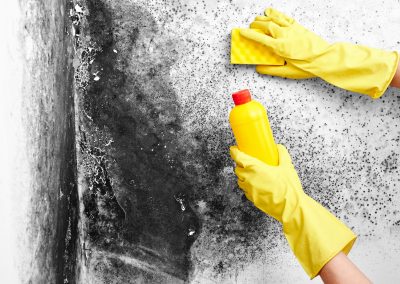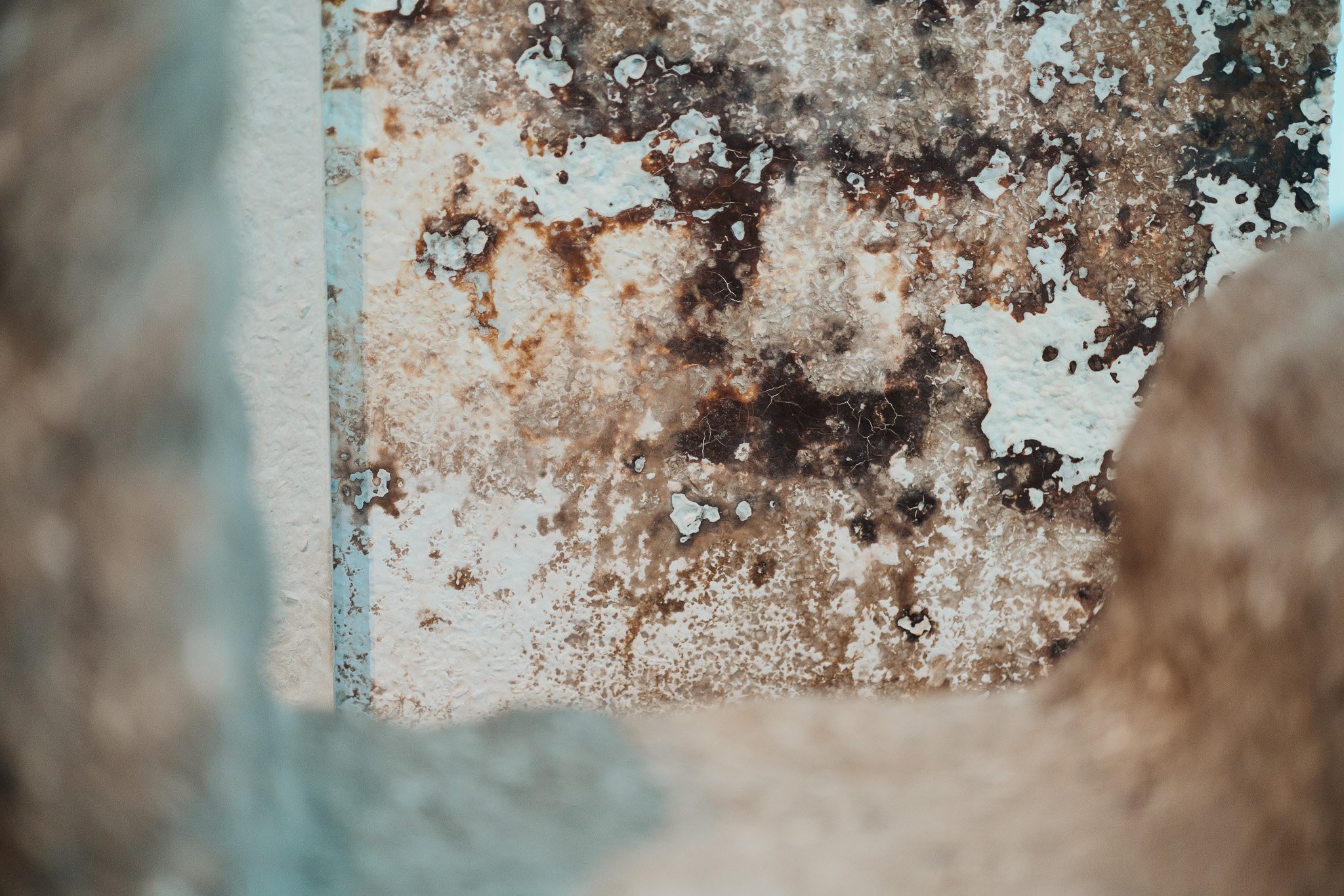
Say Goodbye to Mold: Professional Removal Services for a Safe and Healthy Home
Mold is a common problem that many homeowners face. Not only can it cause unsightly stains and unwanted odors, but it can also negatively impact the health of those living in the home. From allergy-like symptoms to more severe respiratory problems, the effects of mold exposure can be dangerous.
The Importance of Professional Mold Removal Services
Attempting to remove mold on your own can be ineffective and even dangerous. Without the proper equipment and expertise, it is easy to spread mold spores throughout your home and cause more harm than good. This is why it is crucial to hire a professional mold removal service.
How Professional Mold Removal Services Work
Professional mold removal services use advanced techniques and technology to effectively remove all traces of mold from your home. This can include identifying the source of the mold, containing the affected area, and thoroughly cleaning and sanitizing the affected surfaces.
Don't risk the health and safety of your family by attempting to remove mold on your own. Contact a professional mold removal service today for a safe and healthy home.
Say Goodbye to Mold: Professional Removal Services for a Safe and Healthy Home
Mold is a common problem that many homeowners face. Not only can it cause unsightly stains and unwanted odors, but it can also negatively impact the health of those living in the home. From allergy-like symptoms to more severe respiratory problems, the effects of mold exposure can be dangerous.
The Importance of Early Detection
One of the most important aspects of mold prevention is early detection. Since mold can grow quickly and easily spread, it's important to catch mold growth as soon as possible so that it can be addressed before it causes serious harm. Early detection can prevent the mold from damaging your personal belongings and potential health-related problems that it may cause.
Many times, homeowners may not realize that they have a mold problem until it has already spread too far. That's why inspections and preventative measures are key. Professionals trained in mold inspection can detect mold growth that isn't easily visible, preventing further growth and potential health issues. In cases where mold is detected, early intervention can minimize overall costs and keep the damage from spiraling out of control.
The Benefits of Professional Mold Prevention
Professional mold prevention services go beyond the initial detection and removal of mold. Mold removal specialists can provide recommendations that address the root causes of mold to prevent future growth. This can include monitoring humidity levels, fixing leaks, and improving insulation to help prevent future mold growth. These preventative solutions, combined with regular inspections and maintenance, can help ensure a safe and healthy home for you and your family.
Ultimately, investing in professional mold prevention services can save you time, money, and the distress of having to deal with a potentially dangerous mold problem. Contact a mold removal specialist today to take the first step in maintaining a healthy and safe home environment for you and your loved ones.
Say Goodbye to Mold: Professional Removal Services for a Safe and Healthy Home
Mold can be a persistent and challenging problem, which is why it's important to take preventative measures to avoid its growth. Another important aspect of mold prevention is education. By learning about the causes and warning signs of mold growth, homeowners can take proactive measures to prevent its appearance.
Increasing Awareness and Knowledge of Mold
Understanding what causes mold to grow in the first place can help homeowners take preventative action to avoid it. Warm and damp environments are the primary causes of mold growth, making bathrooms, laundry rooms, and basements susceptible to mold. Additionally, any water damage, such as a flood, burst pipe, or leak, can create an environment where mold can take hold.
Homeowners can also benefit from knowing the signs of mold growth. Visible mold growth, strange odors, and respiratory issues can all be warning signs of a mold problem. By identifying the signs of mold growth early on, homeowners can take action to prevent further spread and harm.
Education and awareness of mold growth can lead to more proactive prevention measures, ultimately reducing the need for costly and time-consuming mold removal services. Stay informed and take preventative steps to protect your home from mold today.
Say Goodbye to Mold: Professional Removal Services for a Safe and Healthy Home
Regular Maintenance to Prevent Mold Growth
Regular home maintenance can go a long way in preventing mold growth. Simple steps can be taken to ensure that potential mold growth is identified and addressed before it becomes a larger issue. Regularly inspecting pipes and drains for leaks, fixing roof or window leaks, and ensuring proper ventilation are all essential maintenance steps that a homeowner can take to prevent mold growth.
Furthermore, it is important to keep a clean and dry home to prevent mold from growing. Regularly cleaning and drying frequently used areas such as bathrooms and kitchens can reduce moisture levels and prevent mold growth. Homeowners should also make sure to use exhaust fans in areas of high moisture, like the bathroom or kitchen, and to use a dehumidifier in humid areas.
By taking proactive steps to prevent mold growth, homeowners can ensure that their living spaces remain safe and healthy. Regular maintenance and simple preventative measures can save homeowners time, money, and stress in the long run by avoiding the need for costly and extensive mold removal services.
Say Goodbye to Mold: Professional Removal Services for a Safe and Healthy Home
Final Notes
- Inhaling mold can lead to respiratory problems and other health issues, making mold prevention and removal crucial for maintaining a healthy home.
- Professional mold removal services can safely and effectively remove mold from your home, preventing further spread and minimizing potential damage to personal belongings.
- Early detection and intervention are key to preventing serious mold growth and minimizing overall costs associated with mold removal.
- Preventative measures such as regular home maintenance, education, and increasing awareness of the causes and signs of mold growth can reduce the risk of mold growth in your home.
It's crucial to prioritize mold prevention and removal to ensure a safe and healthy home environment for you and your loved ones. Hiring a professional mold removal service can ensure that your mold problem is addressed swiftly and effectively, avoiding further damage to your personal belongings and potential health risks. Regular home maintenance and preventative measures can also play a significant role in reducing the risk of mold growth in the first place.
Mold prevention and removal may seem daunting, but with the right tools and knowledge, it can be a manageable task. By prioritizing the health of your home and educating yourself on the risks and preventative measures that can be taken, you can ensure that your living space remains a safe and healthy place for you and your family.
Say Goodbye to Mold: Professional Removal Services for a Safe and Healthy Home
References:
- Centers for Disease Control and Prevention. (2021). Mold. Retrieved from https://www.cdc.gov/mold/index.html
- EPA. (2021). A Brief Guide to Mold, Moisture and Your Home. Retrieved from https://www.epa.gov/sites/production/files/2016-10/documents/moldguide12.pdf
- Oregon Health Authority. (2021). Mold. Retrieved from https://www.oregon.gov/OHA/PH/HEALTHYENVIRONMENTS/IAQ/Pages/mold.aspx
The following references provide extensive information on mold-related issues and prevention measures. The Centers for Disease Control and Prevention (CDC) is a reliable source of information on mold and provides comprehensive information on the health risks associated with mold exposure.
Additionally, the Environmental Protection Agency (EPA) provides guidelines for preventing and managing mold growth in your home. The EPA's "A Brief Guide to Mold, Moisture, and Your Home" offers practical advice on managing mold growth and reducing the risk of exposure.
Another useful reference is the Oregon Health Authority's "Mold" webpage, which provides a more in-depth look at how to approach mold removal and remediation in a safe and efficient manner. This reference provides ample information on the potential health risks associated with mold exposure and best practices for maintaining a mold-free home environment.
Additional References: mold removal service








